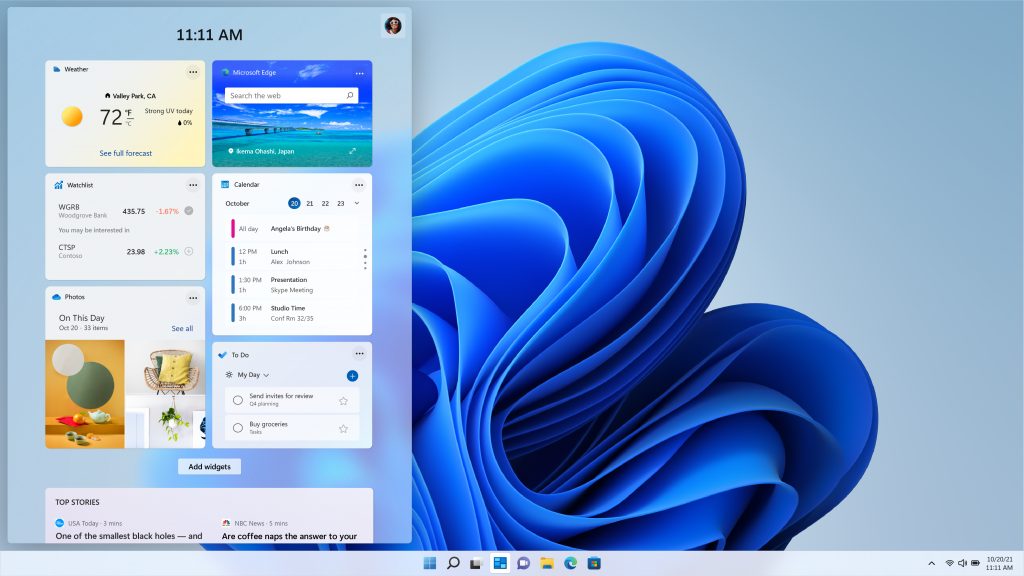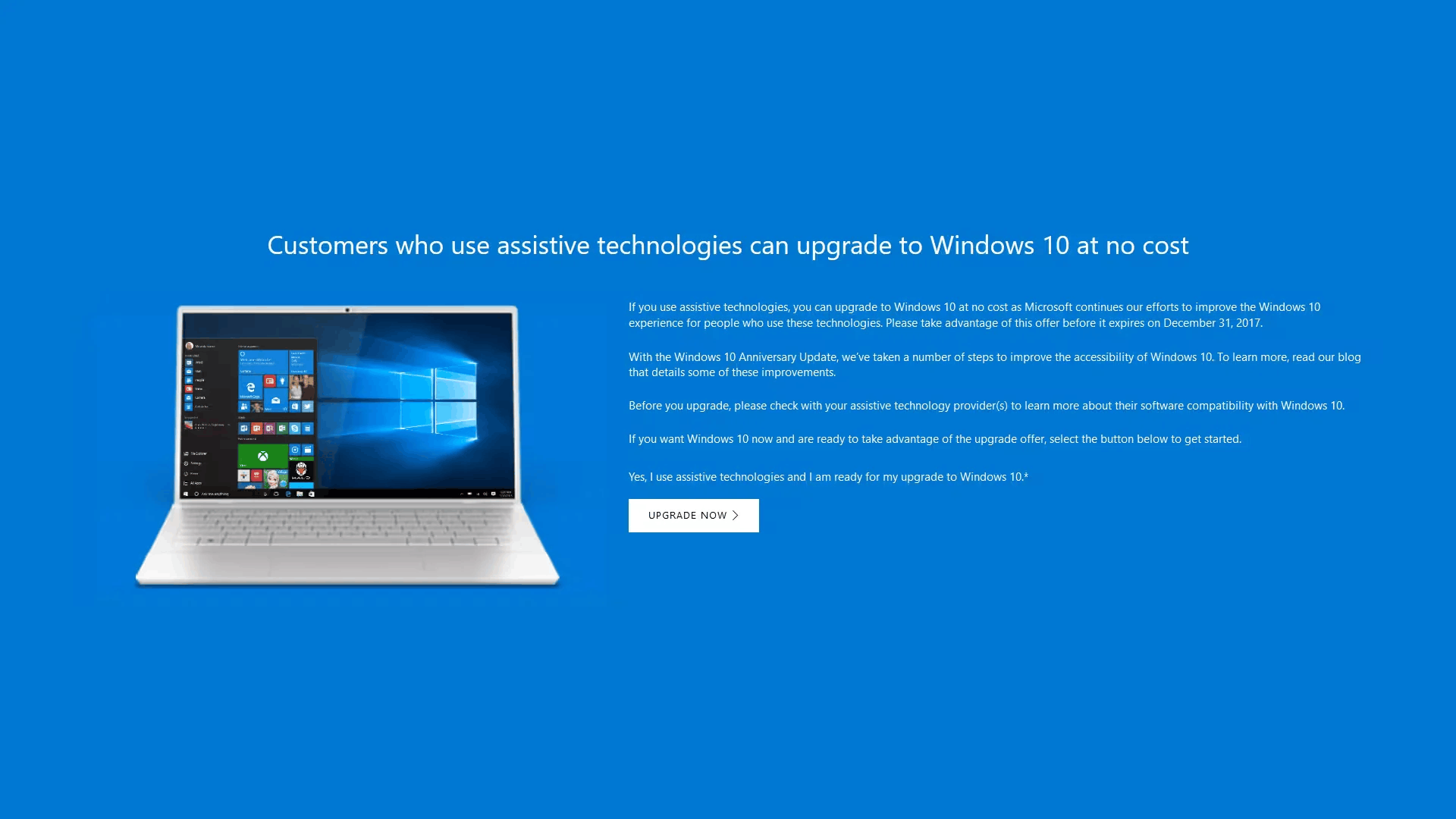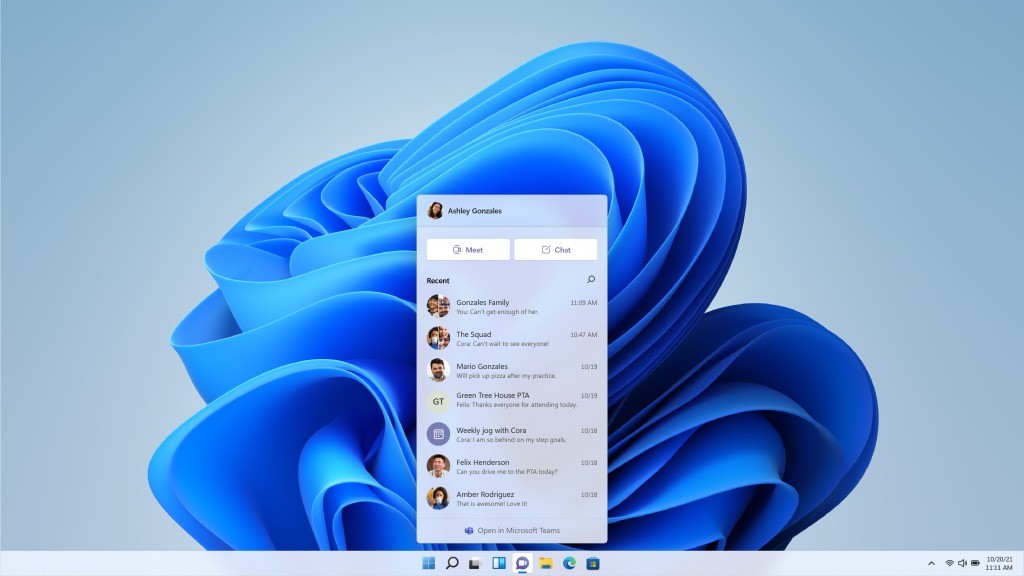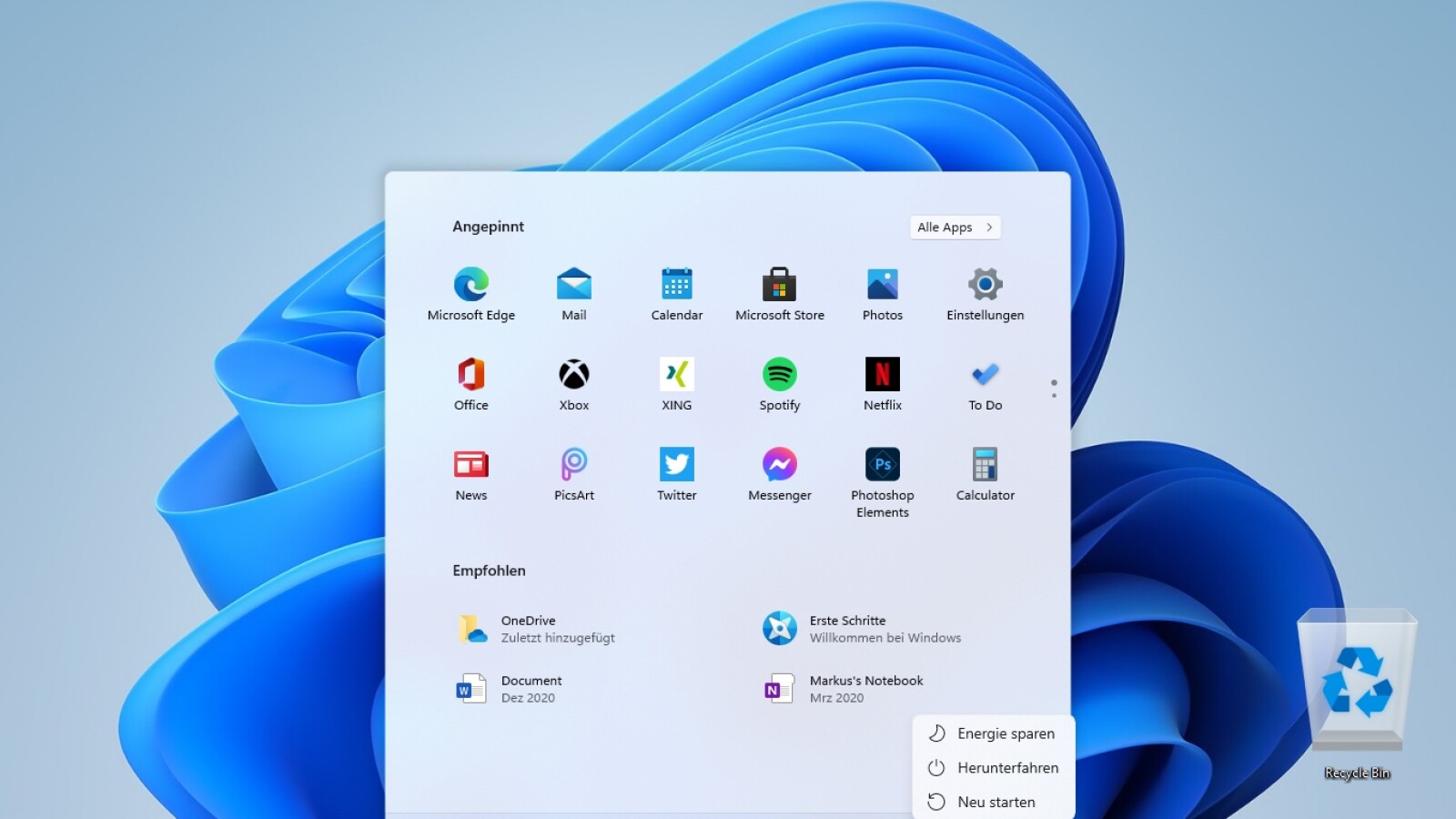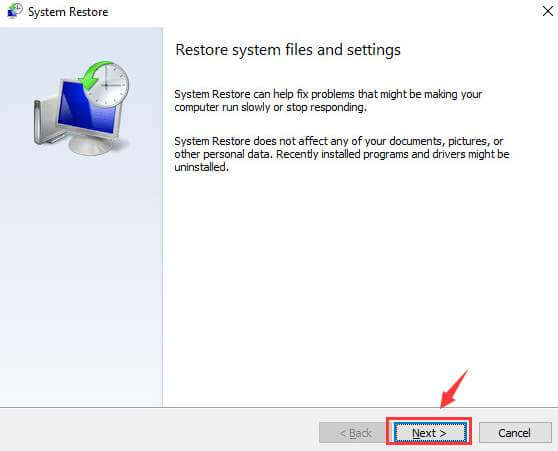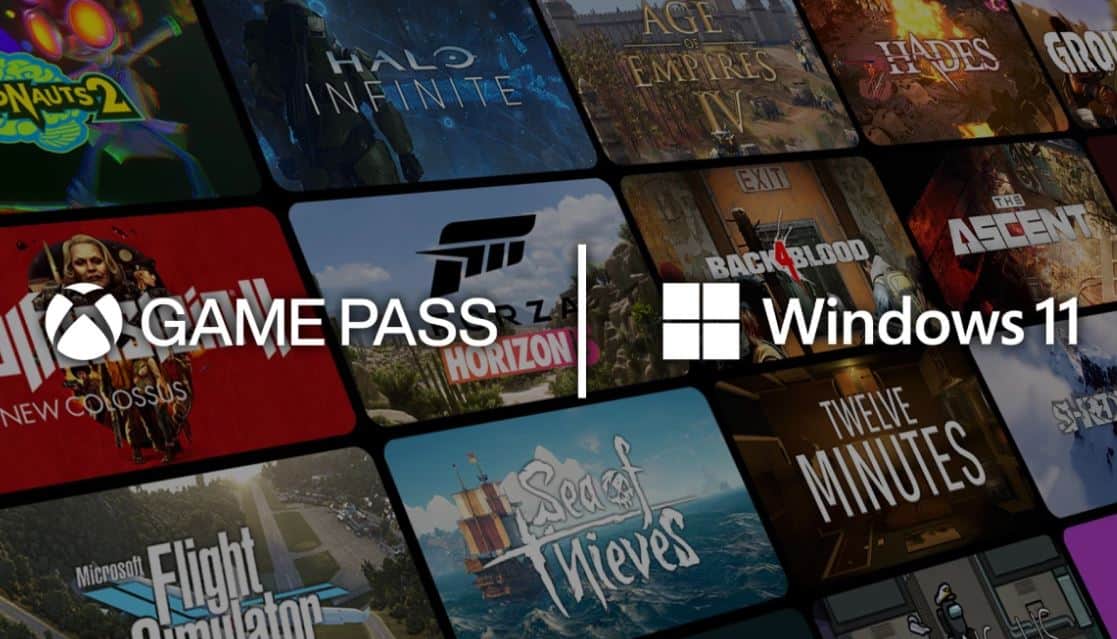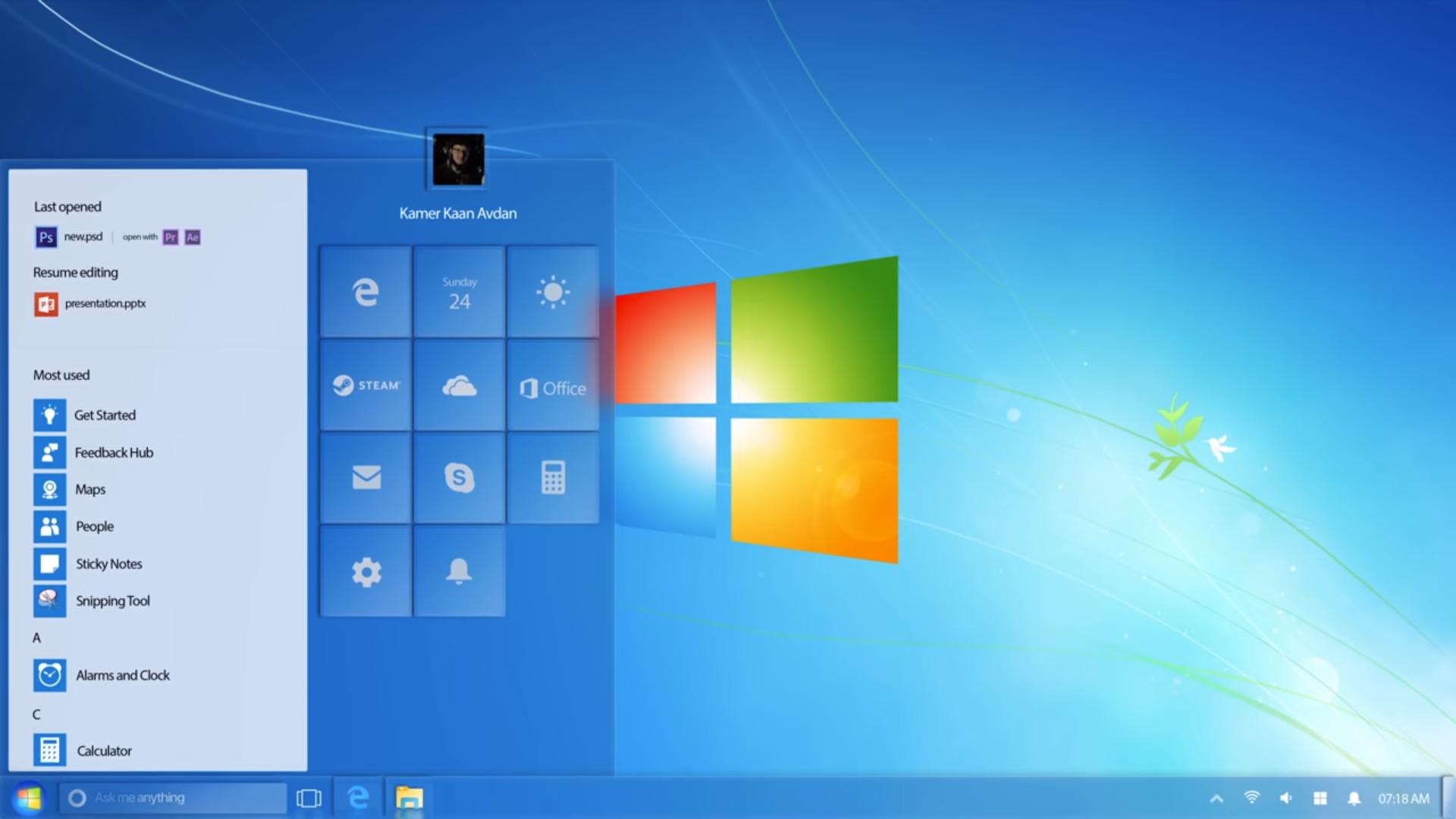If your existing Windows 10 PC is running Windows 10 20H1 or later and meets the minimum hardware specificationsit will be able to upgrade to Windows 11. The upgrade rollout plan is still being finalized, but for most devices already in use today, we expect it to be ready sometime in early 2022. Not all Windows 10 PCs that are eligible to upgrade will be offered to upgrade at the same time.
To see if your PC is eligible to upgrade, refer to our knowledge base for a list of tested systems. Once the upgrade rollout has started, you can check if it is ready for your device by going to Settings/Windows Updates. Similar to how end users are notified when updates are available in Windows 10, end users will see an indication in the notification areas of the taskbar in the bottom right, that the upgrade is available. More information on how that is presented will be available at a later date. Additional desktop notification options may be also be added at a later date.
Cunningham concluded that "as I've dug into and learned its ins and outs for this review, I've warmed to it more", but argued that the OS was facing similar "public perception" issues to Windows Vista and Windows 8. He also acknowledged the expansion of Microsoft Store to include more "traditional" desktop applications. Original equipment manufacturers can still ship computers without a TPM 2.0 coprocessor upon Microsoft's approval. Some third-party software may refuse to run on unsupported configurations of Windows 11. Computers still running a copy of Windows 8.1 can upgrade to Windows 11 without losing data or applications using the ISO file since it's a supported installation path.
However, before you upgrade to Windows 11 from Windows 8.1, you have to make sure that your laptop or desktop meets the minimum system requirements. Apart from a fresh coat of paint and a few features, the operating system maintains most of the core functionality of Windows 10. Visually, Windows now has rounded corners, and the taskbar icons and the start menu have moved to the centre.
One of the most jarring experiences for me has been getting used to the centred Start Menu. While the new start menu looks nice with pinned apps on the top and recent files below it, the sporadic movement of the Start button is a chore. In Windows 10 and previous versions of Windows, the left aligned start menu has been in the same spot as always. In Windows 11, the menu is centred, and the addition of new icons tends to push icons away from each other on the centred plane. I was forced to look at the taskbar and understand where the icon moved to click on it.
Can We Update To Windows 11 For Free It would have been a better design decision to leave the start button to the left while only moving application icons to the centre. Fortunately, users can fix this problem by realigning all icons to the left. While Windows 11 is free for many Windows 10 users, there is a rite of passage for this version of Windows. Not all desktops and laptops may be able to use Windows 11, since the update comes with system requirements that might lock many Nepali systems out of the update. More recent laptops would most likely have this TPM module, but many older and custom-made computers might not. Computers running older CPUs, mainly Intel 7th Generation and older, are locked out of the update, while Windows 11, at least in the early phases, did not play well with AMD CPUs due to a scheduler issue.
Many workarounds for these requirements aren't official and may lock you out of future updates. Microsoft has also removed local user profiles for Windows 11 Home users, forcing people to connect to an online Microsoft account, which is for data collection and telemetry in all intents and purposes. Windows 11 might be free, but you will be paying for it in data. The official, release version of Windows 11 is now available as a free upgrade to anyone who has Windows 10 and a PC that meets Microsoft's minimum hardware requirements.
However, the Redmond software giant isn't pushing the upgrade to every eligible system at once. Some users will be offered the option to upgrade in their Settings menu on or around the October 5th official launch date while others may be waiting until 2022. If you are having a brand new laptop or PC, then your system must be compatible with Windows 11 or even might come with it preinstalled. But issues may arise with the older versions of PCs, as its hardware might not match with the requirements of Windows 11.
If your PC has a 7th gen or previous Intel CPU, then it is unsupported by the latest upgrade. Still, you can migrate to Windows 11, but the way is a little more complicated as you will need to download install files, then perform a clean install and then restore the program and data files. As part of the minimum system requirements, Windows 11 only runs on devices with a Trusted Platform Module 2.0 security coprocessor. According to Microsoft, the TPM 2.0 coprocessor is a "critical building block" for protection against firmware and hardware attacks. In addition, Microsoft now requires devices with Windows 11 to include virtualization-based security , hypervisor-protected code integrity , and Secure Boot built-in and enabled by default. The operating system also features hardware-enforced stack protection for supported Intel and AMD processors for protection against zero-day exploits.
Citing security considerations, the system requirements for Windows 11 were increased over Windows 10. While the OS can be installed on unsupported processors, Microsoft does not guarantee the availability of updates. Windows 11 also drops support for 32-bit x86 CPUs and devices which use BIOS firmware. Internet Explorer has been replaced by the Chromium-based Microsoft Edge as the default web browser, and Microsoft Teams is integrated into the Windows shell. Microsoft also announced plans to allow more flexibility in software that can be distributed via Microsoft Store, and to support Android apps on Windows 11 . Once you complete the steps, the upgrade process will begin preserving your files and applications.
After the installation, you won't need to complete the out-of-box experience to choose your privacy settings. A redesigned user interface is present frequently throughout the operating system, building upon Fluent Design System; translucency, shadows, a new color palette, and rounded geometry are prevalent throughout the UI. With its machine learning technology, Microsoft has determined further devices on which the Windows 11 update prompt should now appear automatically.
The Redmond-based software company has not revealed any additional information on which exact PC configurations are included in this third group. However, manually triggering the Windows 11 update, which is how many tech enthusiasts probably installed Windows 11 in the past weeks, is no longer necessary on these PCs. Users can simply check the regular Windows Update application in order to verify whether the Windows 11 upgrade is ready to download on their respective device. Once you complete the steps, the tool will download the files and create an installation media, which you can then use to upgrade a compatible computer to Windows 11.
It's not imperative that you upgrade your system to Windows in the next couple of weeks, or even months. For many people, that's about the time to upgrade to a newer device, one that will come with Windows 11 already installed. Microsoft commercially released Windows 11 on Oct. 4, and noted that it's a free upgrade for Windows 10 systems that meet the new operating system's minimum requirements. Individuals with Windows 10 systems that pass Windows 11's stringent hardware requirements will be offered the new OS via the Windows Update mechanism. It'll replace the underlying Windows 10 bits with Windows 11 bits via an automated "in-place upgrade" approach. However, it's possible for users to decline the upgrade and continue with Windows 10.
It's still worth familiarising yourself with the new UI, including the symbol buttons that replace key options in Explorer's context menus. In October 2019, Microsoft announced "Windows 10X", a future edition of Windows 10 designed exclusively for dual-touchscreen devices such as the then-upcoming Surface Neo. Legacy Windows applications would also be required to run in "containers" to ensure performance and power optimization. Microsoft stated that it planned to release Windows 10X devices by the end of 2020. You can refer to our knowledge base for a list of tested systems to determine if your device eligible to upgrade to Windows -11. Many PCs that are less than four years old will be able to upgrade to Windows 11.
They must be running 20H1 or later version of Windows 10 and meet the minimum hardware requirements to receive the Windows 11 upgrade. The Acer Swift 5 (SF514-55) ultrathin-and-light notebook marries an uber-stylish design with the latest performance technology. The touchscreen display is covered with a layer of Antimicrobial Corning Gorilla Glass, and you have the option to further include an antimicrobial solution on the touchpad, keyboard and all covers of the device. Click the link above for more details on the Acer website.
For both types of upgrades, head to Microsoft's Windows 11 download page. To perform an in-place upgrade, use the Windows 11 Installation Assistant. For a clean install, you must create a bootable USB drive or DVD disc. Windows users should first try the Media Creation Tool for this process, since it does all the work for you.
Mac and Linux users will have to flash or burn the ISO file for Windows 11 to a drive or disc, respectively. You can check out our guide on how to upgrade to Windows 11 for more details on each of these methods. To put it precisely, if your PC or laptop has a 7th Gen Intel Core or AMD Zen 1 processor and meets other hardware requirements, it will run the Windows 11 preview build.
The stable build of Windows 11 will, however, not support these two CPU families, according to what Microsoft has necessitated at this moment. But Microsoft may change its stance at the time of release depending on the feedback that it will get on the Windows 11 preview build. If you have had the same installation for a long time, you might need to analyze and repair the current setup to fix missing or damaged files. Otherwise, during the upgrade process, the chances of running into issues will be high. However, if you plan to proceed with a clean installation using a bootable USB flash drive, then you can't skip this suggestion since the previous installation will be erased during the process. After you complete the steps, the device should be able to boot from a USB installation media and pass the minimum system requirements check.
Furthermore, if you plan to upgrade with a clean installation, you will also need to make sure the computer can start from a USB flash drive. Microsoft makes you accept that the company can stop providing updates, and security patches to Windows 11 on these devices. While Microsoft is unlikely to do that in practice, it's still better to be on the safer side. Also, you're likely to run into driver incompatibility issues on unsupported devices.
Especially, if your computer is running hardware that is more than 5-6 years old. This is apparently Microsoft's recommended method for switching to the new OS, though if that's true they're taking their sweet time in offering it to everybody. Microsoft doesn't recommend installing Windows 11 on devices that don't meet the system requirements, but you'll still be able to do so. It's worth noting that you might not get Windows 11 updates on PCs with unsupported processors. At least 16GB of RAM The basic system requirements of Windows 11 differ significantly from Windows 10. Windows 11 only supports 64-bit systems such as those using an x86-64 or ARM64 processor; IA-32 processors are no longer supported.
Thus, Windows 11 is the first ever consumer version of Windows not to support 32-bit processors and 16-bit software . The minimum RAM and storage requirements were also increased; Windows 11 now requires at least 4GB of RAM and 64GB of storage. S mode is only supported for the Home edition of Windows 11. The compatibility list includes the Intel Core i7-7820HQ, a seventh-generation processor used by the Surface Studio 2, although only on devices that shipped with DCH-based drivers. Windows 11 SE was announced on November 9, 2021, as an edition exclusively for low-end devices sold in the education market, and a successor to Windows 10 S.
It is bundled with applications such as Microsoft Office for Microsoft 365, Minecraft Education Edition, and Flipgrid, while OneDrive is used to save files by default. Windows 11 SE does not include Microsoft Store; third-party software is provisioned or installed by administrators. There are a few risks that come along with not updating to Windows 11, these include losing out on the latest features, security updates, patches, and compatibility with upcoming security features and applications. Many games that use Anti-cheat tools also have started relying on Windows 11 security features to provide fair gameplay. While these games still work on Windows 10, it is only a matter of time before Windows 11 ends up becoming a requirement. Once you complete the steps, the package will download, and you can then use it to upgrade any computer that meets the minimum requirements.
However, you will need an internet connection to proceed with the upgrade. After you complete the steps, repeat the instructions to back up the files on the remaining accounts . In addition to making a copy of your files, it's also recommended to create a list of the installed programs with their respective product keys to know what you need to reinstall in the new setup. If you usually do not sync passwords and bookmarks with an online service, this is a good time to export your browser credentials and links. For example, even though Windows 11 is available as a free optional update for Windows 10, the device must meet the new system requirements. You need to ensure that the Trusted Platform Module and Secure Boot are enabled on the computer.
You also need to make sure the device has enough space and there are no problems before continuing with the upgrade. Furthermore, you want to create a backup in the case you need to roll back, check the activation status, and create installation media. Windows 11, the next version of Microsoft's desktop OS, is here! Redesigned from the ground up, Windows 11brings modern aesthetics and new features to an aging platform. If your PC meets the minimum requirements then you'll have the option to manually update to Windows 11 today, or you could wait for the update to arrive on your system . Once the installation is complete, you should find all of your files and applications in the same place you left them before the update.
Some may sport a new look (those rounded edges on apps and folders look nice, don't they?) but everything should function as you remember. Devices that do not meet the minimum system requirements will remain on Windows 10 and continue to be supported with security updates. Customers using long term service releases will continue to be supported through the published end of support dates. For more information about Windows 10 support, see HP products tested with Windows 10. The short answer is no, Microsoft isn't going to force anyone to upgrade to Windows 11. Starting with Windows 10 version 1903, the Redmond firm stopped forcing people to install feature updates.
This came after a disastrous Windows 10 version 1809 that actually deleted some users' files. Furthermore, before the installation, it's recommended to uninstall any applications that may conflict with the upgrade to Windows 11, such as antivirus, security tools, and old third-party programs. You should also disconnect any hardware connected to the computer, including printers, phones, cameras, external hard drives, and other USB peripherals, to reduce the chances of running into problems.
(Pocket-lint) - Windows 11 is now rolling out as a free upgrade for Windows 10 users. That means you should be able to download and use Windows 11 right now - as long as your PC meets the minimum system requirements. The quickest way to get the latest version of Windows from Microsoft is to download the operating system update over the air for free, or you can go the more expensive route and buy a new Windows PC or laptop. Windows 11, the first major Windows release since 2015, builds upon its predecessor by revamping the user interface to follow Microsoft's new Fluent Design guidelines.
The redesign, which focuses on ease of use and flexibility, comes alongside new productivity and social features and updates to security and accessibility, addressing some of the deficiencies of Windows 10. If your existing Windows 10 PC is running Windows 10 20H1 or later and meets the minimum hardware specifications it will be able to upgrade to Windows 11. To see if your PC is eligible to upgrade, refer to our supported computer lists. This is my preferred way of installing a new OS, if I've committed to upgrading the operating system. Downloading an .ISO file allows you to simply tuck it away like any other document on an external hard drive. If you'd like, you can burn it to a DVD or save it on a USB key, too.
With Windows 10 or Windows 11, though, you don't need to. Simply right-click the .ISO file, select Mount, and Windows will simply treat the file like a virtual DVD in a disc drive. You'll be able to kick off the installation process in one easy step.
You'll need a PC that meets the minimum hardware specifications of Windows 11. The easiest and safest way to qualify for Windows 11 is simply to have a PC that meets Microsoft's restrictions. There are many users who, after the release of Windows 11, went ahead and checked whether their PC is eligible to be upgraded with Windows 11. Sadly, they found out that their PC does not meet the minimum requirements to install Windows 11.


